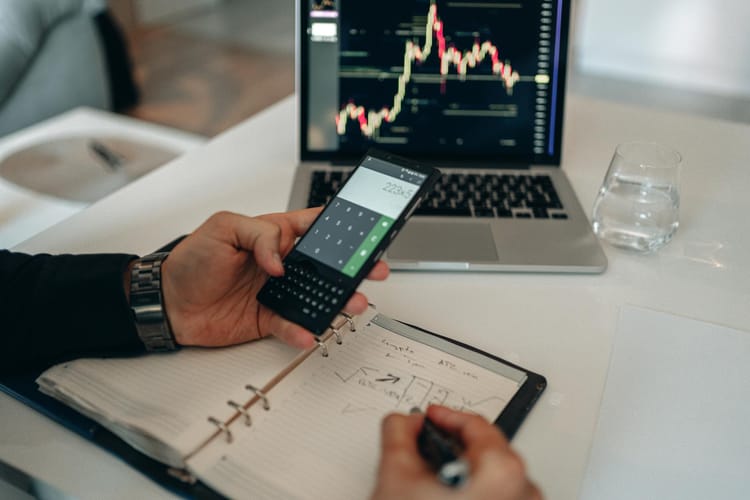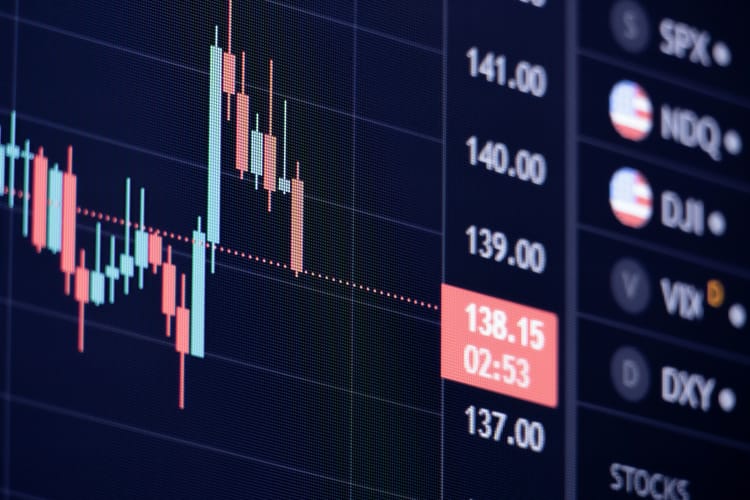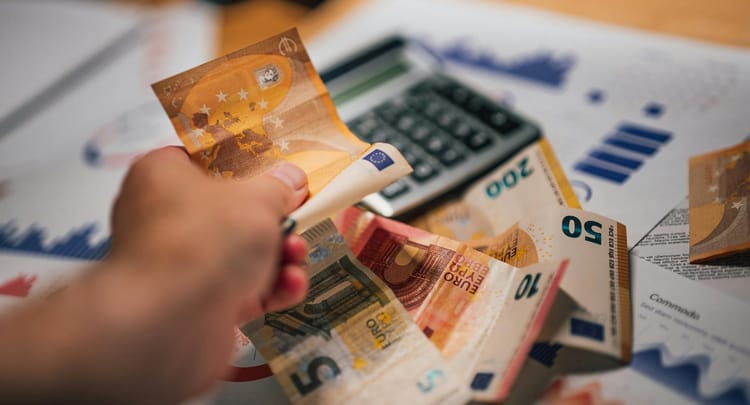Stock Market Orders: Types & How to Manage Risk with Them
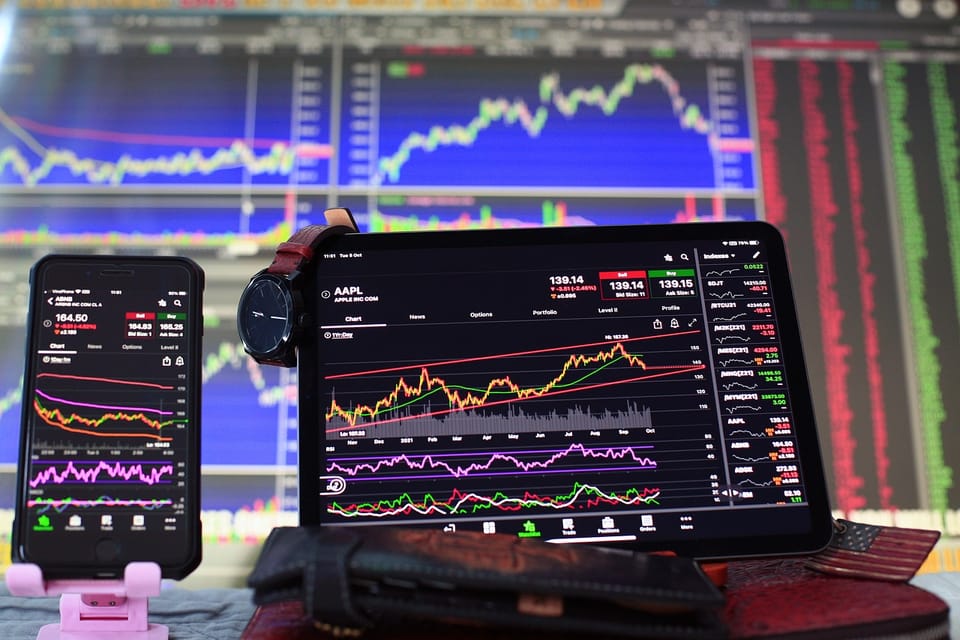
“My Friend recommended me investing in a volatile stock anticipating a quick gain, but after some initial gain, the stock quickly dipped sweeping away my savings”
Does this statement ring a bell?
Something similar that happened to you as well?
This is a classic example of traders not adhering to risk management practices or even knowing about them.
Risk of Loss in trading is inherent but at the same time, this risk is manageable and at times avoidable as well.
Understanding stock market orders is the first step in this effective risk management
Knowing how to use these orders allows investors to enter and exit the market at desired prices, optimizing their trading strategies.
Similarly, Implementing risk management strategies, such as setting stop-loss orders or defining acceptable loss thresholds, helps protect capital and minimize potential losses.
In the blog post below, We will discuss the Types of Stock Market Orders and will try to understand how they can help us in managing the associated risks of trading.
What are the different types of Stock Market Orders?
Broadly speaking, Stock Market orders can be categorized into the following types;
· Market Order
· Limit Order
· Stop Orders
1. Market Order
A market order is your way of saying to the market,
"I want to buy or sell this stock right now at the best available price."
Market Order ensures your order gets executed quickly, but it doesn't guarantee a specific price. It's handy when you think a stock is priced correctly or when you're certain you want to go through with the trade, or when speed is crucial.
Here are a few things to keep in mind:
When you check a stock's price, you see the highest price someone is willing to pay for it (bid), the lowest price someone is willing to sell it for (offer), and the last price it was traded at. But that last traded price might not be the most current, especially for less-popular stocks or during fast-changing markets. So, when you place a market order, the current bid and offer prices matter more than the last traded price.
Another thing to consider is,
It's generally smart to use market orders when the market is open. If you place a market order when the market is closed, it'll get executed when the market opens again, and the price could be significantly different from where it closed. Between market sessions, things like earnings reports, company news, economic data, or unexpected events can shake up a stock price. This Phenomenon called the Gap Up and Gap down can also provide you signals to enter the trade.
For instance, if an investor places a market order to buy 5000 shares of XYZ stock, the order will be executed immediately at the best prices available in the market. However, the investor may end up purchasing different portions of the shares at various prices, like 3000 shares at $10.0, 500 shares at $10.2, and the remaining 1500 shares at $10.3.
Did you notice that in this example market orders prioritize speed of execution over a specific purchase price? This is the specific purpose of a stock market order
Points to Consider when placing a market order:
Here are some things to keep in mind while placing the market order
· Market orders are executed at the best available price, which can be subject to rapid changes, especially in volatile markets. This may result in executions at less favorable prices than expected.
· Market orders may be partially filled if there are not enough shares available at the desired price. This can result in incomplete execution of the intended trade.
2. Limit Order
A Limit Order is where a trader designates an exact price at which they want to buy or sell shares. Although limit orders may not be executed instantly, they offer more control over the prices at which trades occur. In essence, a Limit Order is where a trader designates an exact price at which they want to buy or sell shares.
These Limit orders can be a Buy Limit Order when an order is placed below the current market price. It will be executed at the specified limit price or lower. Buy limit orders are used when a trader wants to enter a long position at a specific price level or lower.
Similarly, there can also be Sell Limit Orders, orders placed above the current market price. It will be executed at the specified limit price or higher. Sell limit orders are used when a trader wants to sell a security at a specific price level or higher.
Let's take an example to understand the concept,
let's say an investor desires to acquire shares of XYZ stock, but they don’t want to pay more than $100 for the stock. Currently, the stock is trading at $125. In this scenario, they can place a buy limit order at $100.
But the catch here is,
That this order will only be executed if the price of XYZ stock reaches $100 or falls below it. If the price does not reach that level, the trade will never be executed.
So, limit orders give investors a level of price control, ensuring that the trade occurs at the specified limit or a better price, but with no guarantee of execution
This control over price makes limit order favorite among “Bargain Hunters”.
Points to Consider when placing a market order:
Setting a limit price may cause the order to miss execution if the market moves quickly in the intended direction, leaving the investor without a position in a rapidly rising market.
Illiquid stocks may have limited trading activity at the specified limit price, making it challenging to execute limit orders, especially for larger quantities
In a rapidly rising market, a limit order may execute at a price higher than the current market price, resulting in overvalued purchases.
If there is a cluster of buy-limit orders at a certain price level, it suggests there is demand at that level. Conversely, a concentration of sell-limit orders indicates potential supply at a particular price.
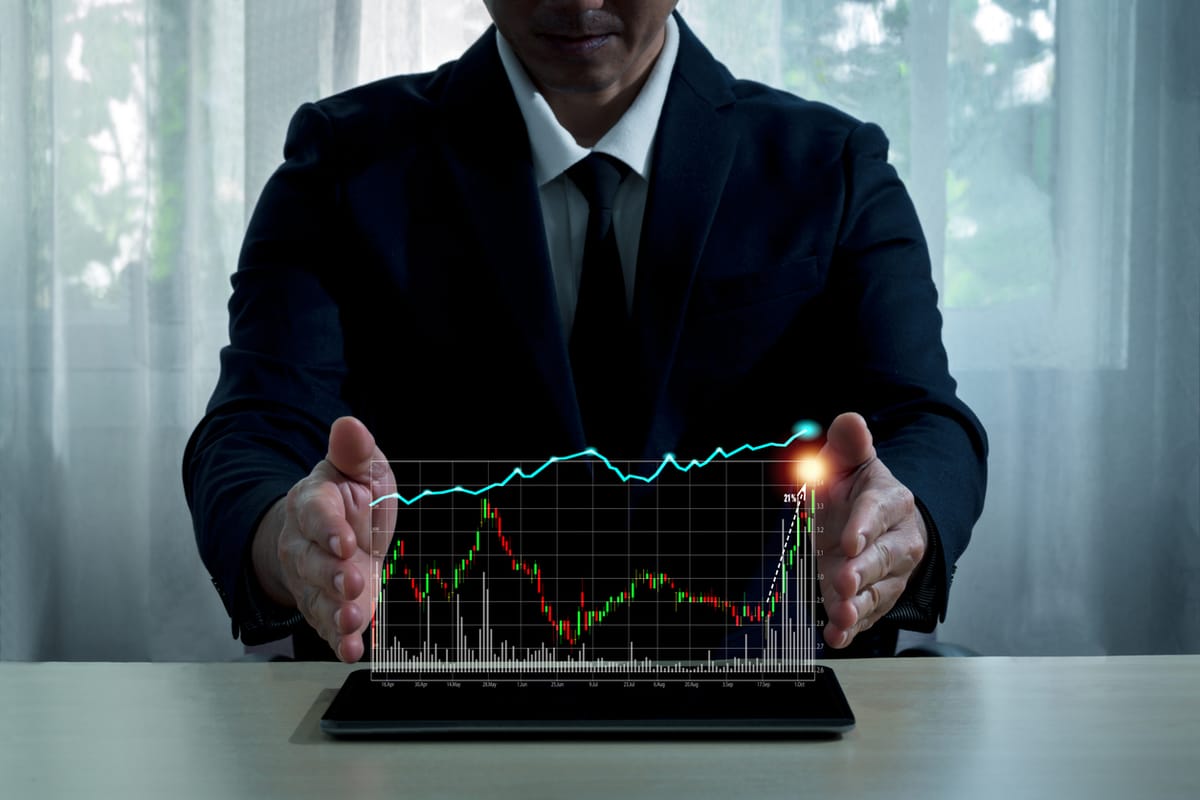
3. Stop Orders:
A stop order is a type of order placed with a broker to buy or sell a security once the price reaches a specified level, known as the "stop price."
Stop orders are commonly used as risk management tools to limit losses or protect gains in trading. They are especially useful in volatile markets where prices can change rapidly.
A stop order functions as an automated mechanism to initiate entry or exit actions when a specific threshold of price movement in a predefined direction is reached. Its primary purpose is to safeguard unrealized profits or mitigate potential losses in trading scenarios. Although a stop order offers a degree of control over the execution price, similar to a market order, it is essential to recognize that in rapidly changing markets, the actual execution of a stop order may deviate significantly from the anticipated or specified price.
A Stop Order may be appropriate in the following circumstances;
1. Putting a Stop Order when selling an assets (Stop Loss Orders)
If the value of a stock you currently hold has increased, and you wish to safeguard a portion of your unrealized profit in case it starts to decline. Or
If you've recently purchased a stock and wish to establish a minimum threshold for the acceptable level of loss you're willing to endure on that position
In both Cases, you will use Stop Loss Orders to protect your investment
Suppose you purchased 100 shares of ABC Inc. at $50 per share. Over time, the stock has appreciated, and its current market price is $75 per share. You find yourself with an unrealized profit of $25 per share (current price - purchase price = $75 - $50 = $25).
Now, to safeguard a portion of this unrealized profit in case the stock starts to decline, you decide to implement a stop-loss order. You set a stop price at $70, indicating that if the stock falls to or below $70, you want to sell to limit potential losses and secure some of the profits.
Potential Outcome:
· If the stock continues to rise or remains stable, you benefit from the continued increase in value.
· If the stock starts to decline and reaches $70, the stop-loss order is triggered, and you sell some or all of your shares to safeguard a portion of the $25 per share profit.
Similarly, If you've recently purchased a stock and wish to establish a minimum threshold for the acceptable level of loss you're willing to endure on that position, You can put a stop loss.
2. Putting A stop Order when buying an Asset
If you aim to purchase a stock when it surpasses a specific level, as you believe it could indicate the commencement of a sustained upward trend. In that case, you can place a Buy Stop Order.
Imagine you are monitoring the stock of XYZ Technology, which is currently trading at $50 per share. You analyze the market trends and technical indicators, and you identify a specific level, say $55, as a crucial point indicating the potential beginning of a sustained upward trend.
In this scenario, you decide to implement a buy order when the stock surpasses $55, anticipating that this could signal the commencement of a sustained upward trend. You place a buy order with a limit price at or slightly above $55 to ensure execution if the stock reaches or exceeds that level.
Potential Outcome:
- If the stock rises to or above $55, your buy order is triggered, and you purchase shares, aiming to benefit from the expected upward trend.
- If the stock does not reach $55 or experiences a decline, your order remains unexecuted, and you reassess the situation based on evolving market conditions.
Points to Consider when placing a market order:
The following points may be considered when placing a stop order
· Whipsawing occurs when the market briefly moves below the stop price and then reverses. This can trigger an unnecessary sale before the stock rebounds.
· During market gaps, such as overnight or during significant news events, stop orders may execute at prices significantly different from the intended stop price.
· Stop-limit orders may not be fully executed if there is not enough liquidity at the specified limit price, potentially leaving the investor with an incomplete position.
Some Common Risk Management Orders
Now, that you have an understanding of the type of Stock Market orders,
Here are some common orders used in risk management, along with their corresponding types (market order, stop order, or limit order):
Take-Profit Order:
Type: Limit Order
A take-profit order is placed at a specific price level above the current market price to automatically sell a security at a profit once that price is reached.
Trailing Stop Order:
Type: Stop Order
A trailing stop order is set at a percentage or dollar amount below the current market price for a long position or above the market price for a short position. It adjusts dynamically as the market price moves, allowing for potential profit-taking while limiting losses.
Buy Stop-Limit Order:
Type: Stop Order (trigger) + Limit Order (execution)
A buy stop-limit order is a combination of a stop order and a limit order. It triggers a limit order to buy when the stop price is reached, but the buy limit order is executed only at a specified limit price or better.
Sell Stop-Limit Order:
Type: Stop Order (trigger) + Limit Order (execution)
Similar to the buy stop-limit order, a sell stop-limit order triggers a limit order to sell when the stop price is reached, but the sell limit order is executed only at a specified limit price or better.
Guaranteed Stop Order:
Type: Market Order (guaranteed)
A guaranteed stop order is a type of stop order that, when triggered, is guaranteed to be executed at the specified stop price, regardless of market conditions.
Certainly! Here are a couple more order types used in risk management:
One-Cancels-the-Other (OCO) Order:
Type: Combination of Orders (e.g., Limit Order and Stop Order)
An OCO order is a combination of two orders where the execution of one order automatically cancels the other. For example, you can place both a limit order to take profit and a stop order to limit losses. If one order is executed, the other is automatically canceled.
If-Done Order (also called 1st triggers):
Type: Combination of Orders (e.g., Market Order and Limit Order or Stop Order)
An If-Done order consists of two orders, where the execution of the first order (e.g., market order) triggers the placement of the second order (e.g., limit order or stop order). It is often used to link multiple orders based on different conditions.
Intermediate or Cancel (IOC) Order:
Type: Market Order
An IOC order is a type of market order that is designed to be executed as soon as it reaches the market, but with a twist. If the entire order cannot be filled immediately at the desired price, the remaining portion is canceled.
The idea is to execute as much of the order as possible immediately and cancel the unexecuted portion.
Cover Order (CO):
Type: Combination of Orders (Market Order and Stop Order)
A Cover Order is a two-leg order that involves placing a market order along with a compulsory stop-loss order. It is commonly used in intraday trading. When the market order is executed, the stop-loss order is automatically placed to limit potential losses.
The market order is the primary order to either buy or sell a security, while the stop order acts as a risk management tool.
Conclusion
In conclusion, By strategically utilizing market orders, limit orders, stop orders, and other order types, individuals can not only enhance their trading efficiency but also manage and mitigate risks effectively. The key lies in aligning order types with specific investment goals and risk tolerance levels. Furthermore, the ability to adapt and employ these orders help investors to respond to market fluctuations with confidence.




